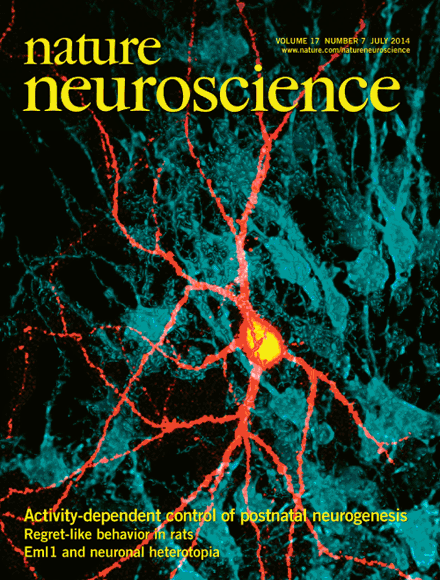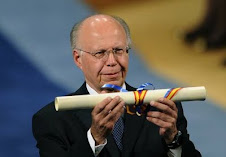Modeling reveals how the central nervous system systematically chooses optimal muscle responses to maintain balance
The central nervous system (CNS) comprises the brain
and spinal cord, and coordinates all our bodily activities. One of the
functions of the CNS is to choose the most efficient muscle movements in
order to conserve energy and allow the body to move smoothly, and it is
believed that the CNS trains itself through experience to narrow down
the number of options. Fady Alnajjar and colleagues from the Intelligent
Behavior Control Unit of the RIKEN Brain Science Institute have now
modeled the behavior of muscles during balance tests to illustrate how
the human CNS trains itself to maintain balance1.
“Modeling
of the computational mechanisms between the CNS and muscle control,
which we call muscle synergy, is challenging,” explains Alnajjar. “Our
study concerns the muscle synergy behind basic motor skills, such as
maintaining balance, in healthy humans.”
Alnajjar’s
team developed a model of ‘muscle synergy’ by devising two novel
parameters: the synergy stability index (SSI), which measures the
similarities between muscle usage in repeated behaviors and therefore
the stability of the neural command, and the synergy coordination index,
which measures the overall size of the synergy space required to carry
out a movement and therefore the level of coordination between muscles.
The
researchers used these two parameters to measure the interactions
between the human CNS and muscles during balance tests. Eight
participants were asked to stand on a randomly moving platform, using
only their hips and ankles to maintain balance, with electrodes attached
to their major leg and back muscles.
Both
indices were found to successfully characterize the muscle synergy
associated with balance skill. “Participants with strong balancing
ability showed high SSI levels,” notes Alnajjar, “implying that their
CNSs were aware of the best muscle synergy for responding to balance
disturbances. Participants with low balancing ability had low SSI
levels. Also, good balancers used tightly coordinated muscles, resulting
in smoother movements.”
In each case, the CNS
appeared to search for a narrow muscle-synergy space of stable neural
commands and coordinated muscle reactions. In a second set of
experiments using the lowest scorers from round one, each person
completed five more sessions on the balance platform. The participants
showed significant improvement on completion, suggesting that with
training, the CNS can narrow its muscle-synergy space and thus improve
coordination.
Alnajjar hopes that an advanced
version of these indices could be used to develop therapies for
post-stroke motor function recovery as a means of creating targeted,
effective neuro-rehabilitation systems.
Como el cerebro escoge la respuesta muscular óptima para mantener el balance estético http://www.rikenresearch.riken.jp/eng/research/7693.html#.UxTu_ebOllQ.twitter … pic.twitter.com/D9ReAJunUs


















































































